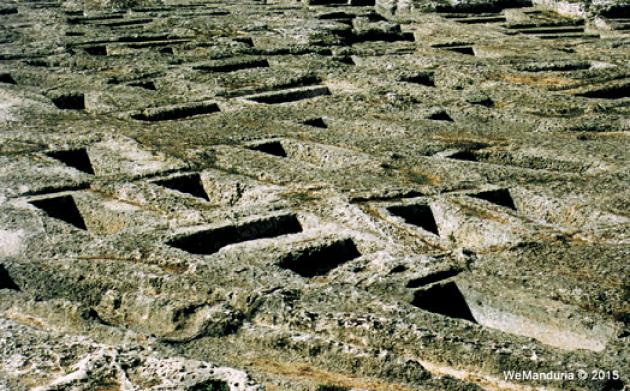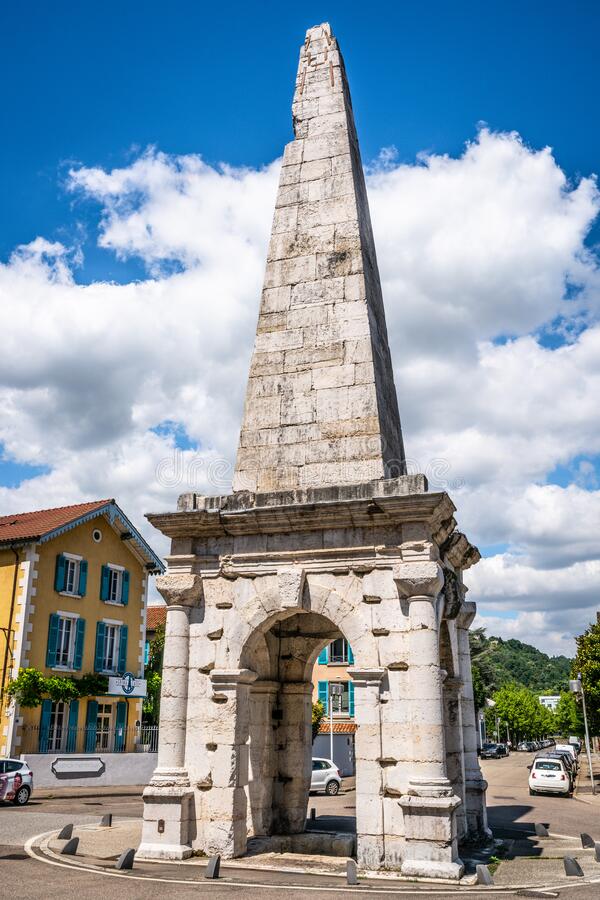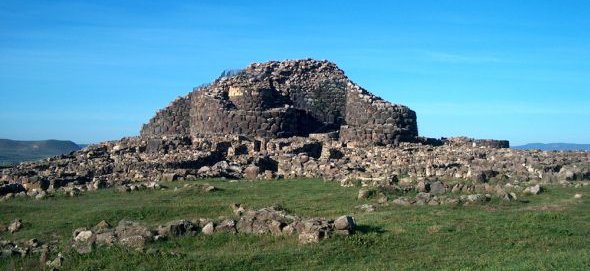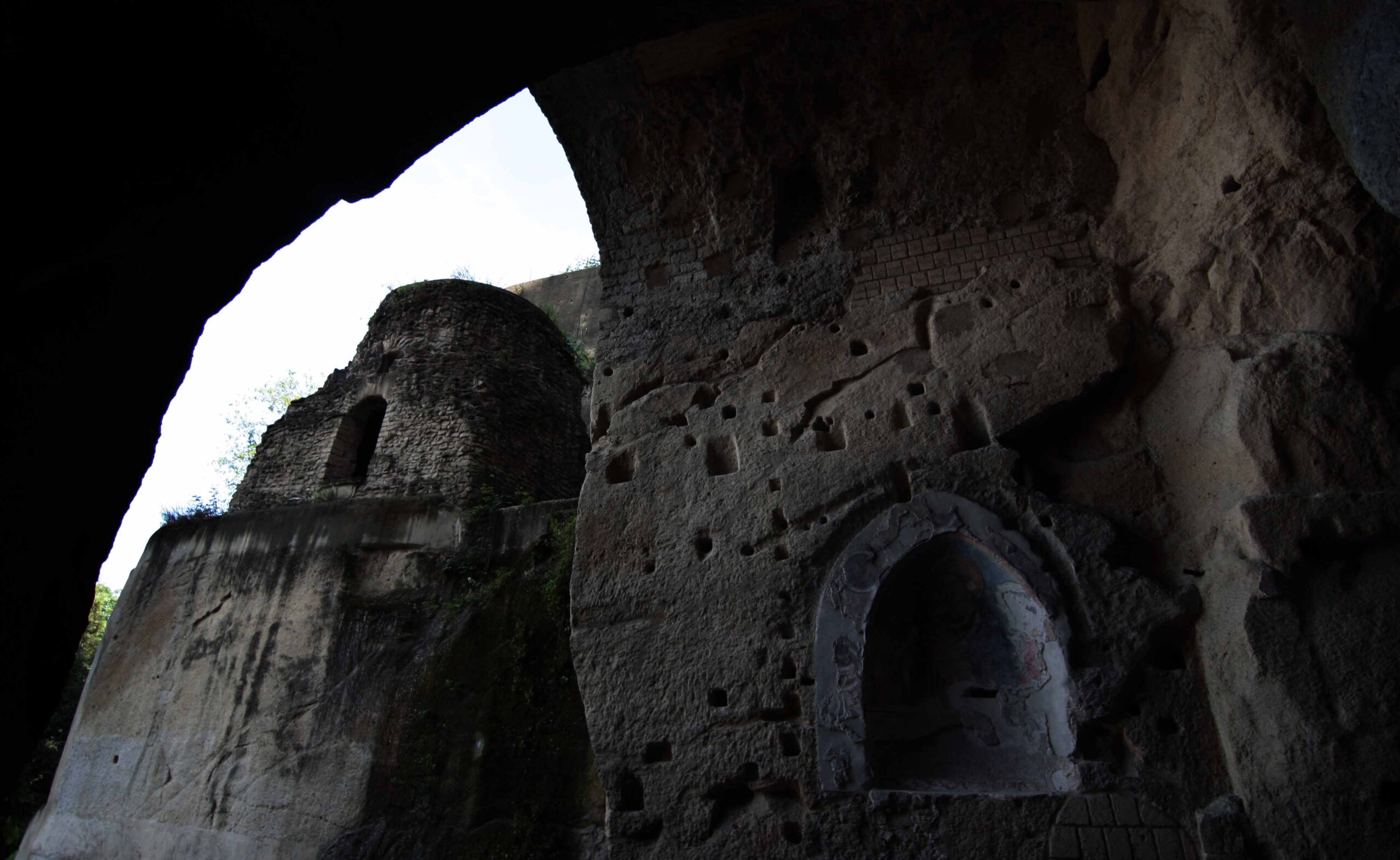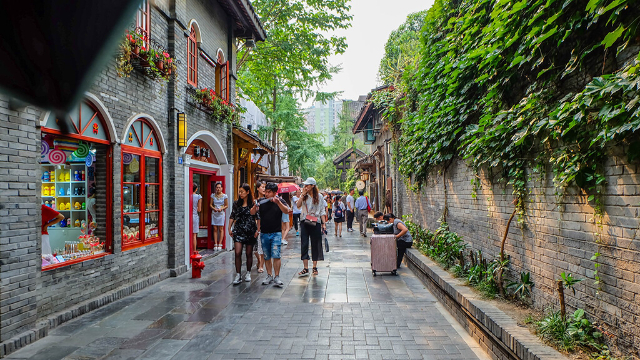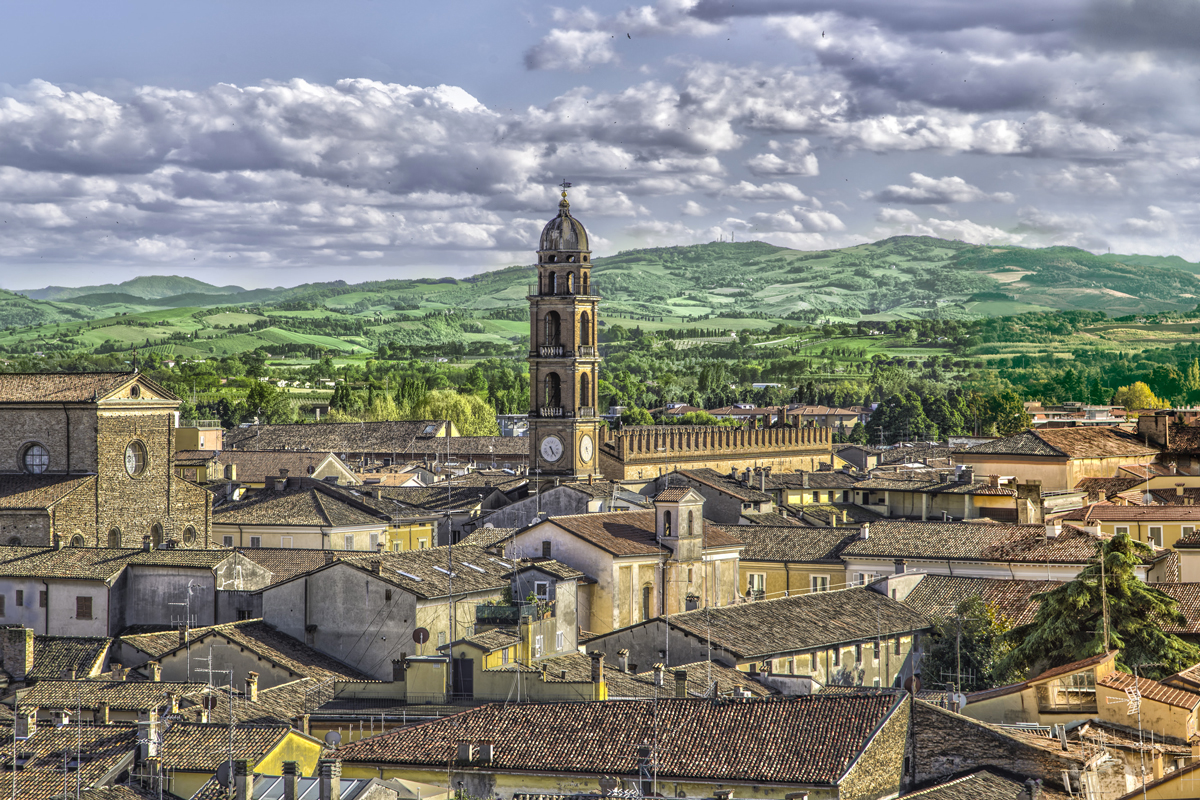A symbol of the city and the park is the Plinian Spring, a monument mentioned by Pliny the Elder for its constant water supply. Depicted in the city’s coat of arms as a well from which an almond tree blossoms, the Fonte is located at the entrance to the park and is astonishing for the magical atmosphere created by the play of light inside the hypogeal environment and for a detail that also struck Pliny: no matter how much water is drawn, the level of the well remains unchanged.
The area of the Archaeological Park of the Messapic Walls, covering about 15 hectares, includes most of the remains of the ancient city’s defensive walls and more than 1,000 rock-cut tombs, which allow us to understand the extraordinary grandeur of the Messapian people of Manduria. The defensive walls of the Messapic city are represented by three concentric circles of walls of different size and construction type. The inner circle (5th century B.C.) has a perimeter of more than 2 km;
